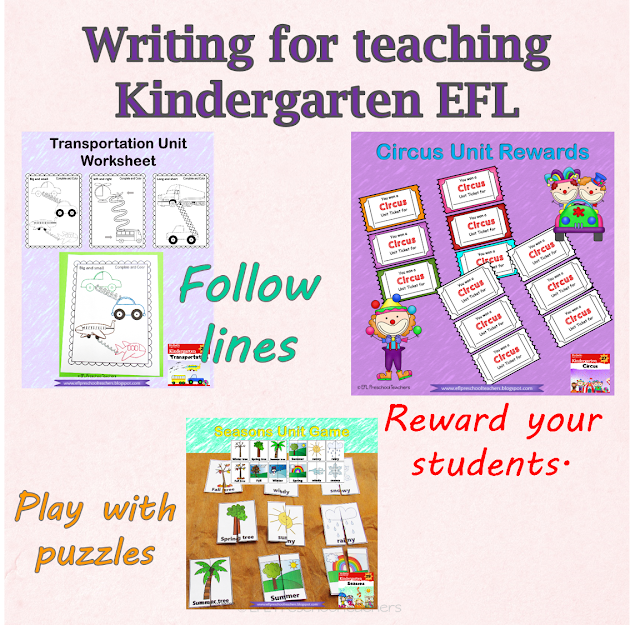Colors Unit for Elementary English Language Learners
This English teacher resource is for teaching starters or Elementary English
Language Learners. It comes with flashcards, small cards, worksheets, games and
a flap book with a focus on promoting communicate language.
This is the unit for the students to identify all the 11 basic colors that
would be used along all the book series that you choose.
Find it by clicking here: https://www.teacherspayteachers.com/Product/Colors-Theme-for-Elementary-ESL-3629423
Color
or colour? Well, that’s up to you. I included grey, just in case. Start introducing the colors vocabulary.Then have the students identify and name colors.
Colors Unit Downloadable Flashcards
Give your students exposure and fun practice with the Monster Colors flashcards.Ask
your students if they know any color word in English. Show the flashcards and
see how many colors they can name.
Ask
Yes/ No questions using the colors flashcards. Have students nod their
heads when they answer with yes and shake their heads when they answer with no. Teacher: Is it blue?
Students: Yes, it
is. /No, it isn’t.
Use the
worksheet to practice the structures.
Practice asking and answering questions. Attach
the color flashcards to the board. Draw a grid around them. Point to each
flashcard and have the students say the color word. Say a number and letter
combination and have the students guess which color it is.
Teacher: B2
Students: black!
Color Unit Small Cards.
Easy to
print and handy to have for multiple games. Here is one. Just cut the word from
the picture and have the students match them.
Students
can show each other a small card and ask questions to describe the color: What color is it?
Colors Unit Worksheets
Worksheets can be printed for extra practice on any grammar or vocabulary that your students need to work on.
Have
the children listen and point to the color word you say. They should repeat the
color word.
This is
a read and color set of worksheets that cater to the need of your
specific students. Have the students read the color listing aloud when they are
done.
Use the
worksheet as a cut and play kind of worksheet. Students will cut all the
strips and place on their desk. Say: Show me orange! They will
find that strip of paper and show it to you as they repeat the word.
Write
the correct vowel letter worksheet and color. Check the
spelling.
Do a listening, color and write the word kind of worksheet. It’s a multiple skill activity.
Practice
patterns with this simple worksheet that you can do as a listening
activity or as a show and tell patterns.
Colors Word
Search Worksheet.
Coloring
is an engaging activity for young children. Have fun with this coding worksheet.
A
nice worksheet to color each word in the corresponding color.
Practice!
Practice
asking and answering questions about the favorite color. Display the color flashcards
around the classroom. Have the students to run to their favorite color
flashcard and stand next to it. Ask them: What’s your favorite color?
Students: It’s red!
Ask: What’s
your favourite colour? and encourage different students to answer. Then, they
can complete the worksheet. Use your color flashcards or small cards to name
several colors and the students with that color mentioned in their worksheets should stand up. Write
the amount of students that stood up on board, so you can start a graph.
Colors Unit Games
Play a colors
board game. Print as many as you need and set up the board game. Students
should be able to understand and use the color vocabulary as they play.
Color
Word Bingo
Bingo is a vocabulary game with a focus on
memorization and listening comprehension.
Use any
of the color word worksheets to create 2 Bingo grids to use any time during any
of your lesson. Students will cut and paste the colors splash and words randomly.
As they play, they have to recognize the color words being called. You can be
the caller or have any other students be it, using the color flashcards or
small cards.
Unscramble
the color words and match game. Just print, cut and
have your students start putting together the color words.
-
Match the words
to the color splotches
- Memory
- - Match it up:
hand in one card to each student in the class. At your signal, students walk around
looking for their match. If they find someone with the matching card, they
stand together and say: Match up!
Color Unit Books
A flap book to wrap up this unit. Include this simple book in your lesson plan to build confidencein reading skills,
Print both pages for a student or a group of
students.
Students will assemble the flap book by stapling the vertical side of the two pages and cutting the strips of the flap book. They have to read and color the splotches.
And a
more classic Color Monster printable book.







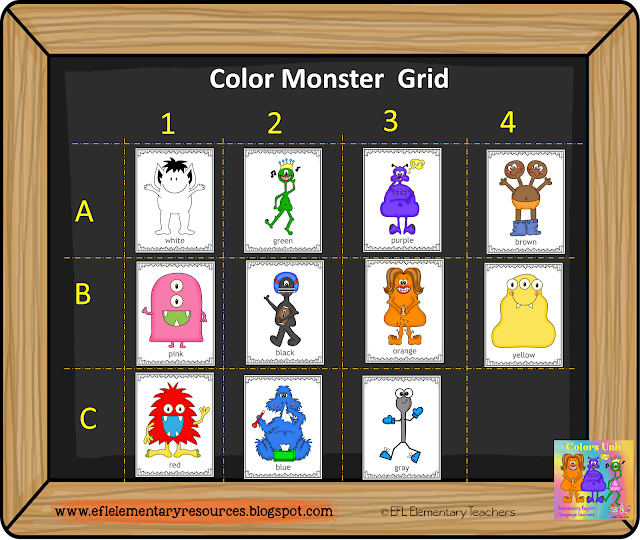


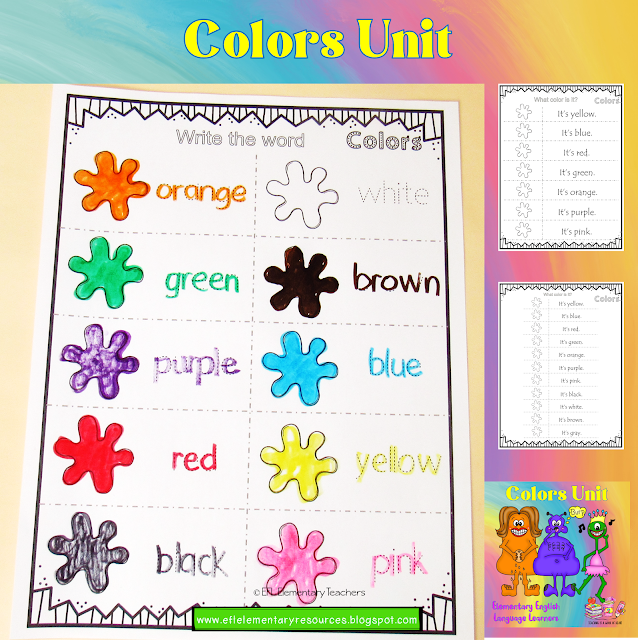








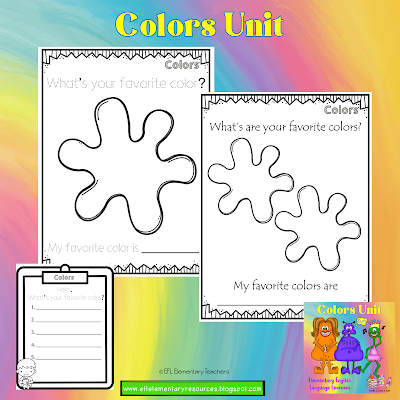























.png)
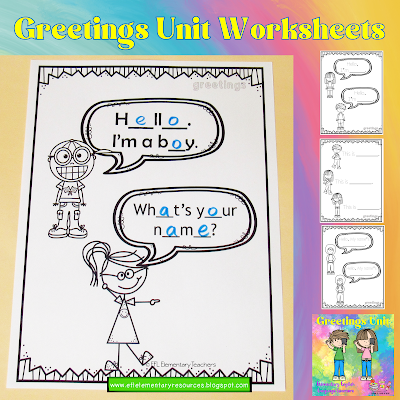
.png)








.png)
.png)
.png)


















